When Not To Use Cpl Filter?
When Not to Use a CPL Filter: A Comprehensive Guide for Photographers
Circular Polarizing Filters (CPL) are a staple in the toolkit of many photographers, known for their ability to reduce reflections, enhance colors, and increase contrast. However, like any tool, there are specific scenarios where using a CPL filter may not be beneficial and could even detract from the quality of your images. Understanding when not to use a CPL filter is crucial for achieving the best possible results in your photography. In this article, we will explore various situations where a CPL filter might not be the best choice and provide practical advice on how to handle these scenarios.
Understanding CPL Filters
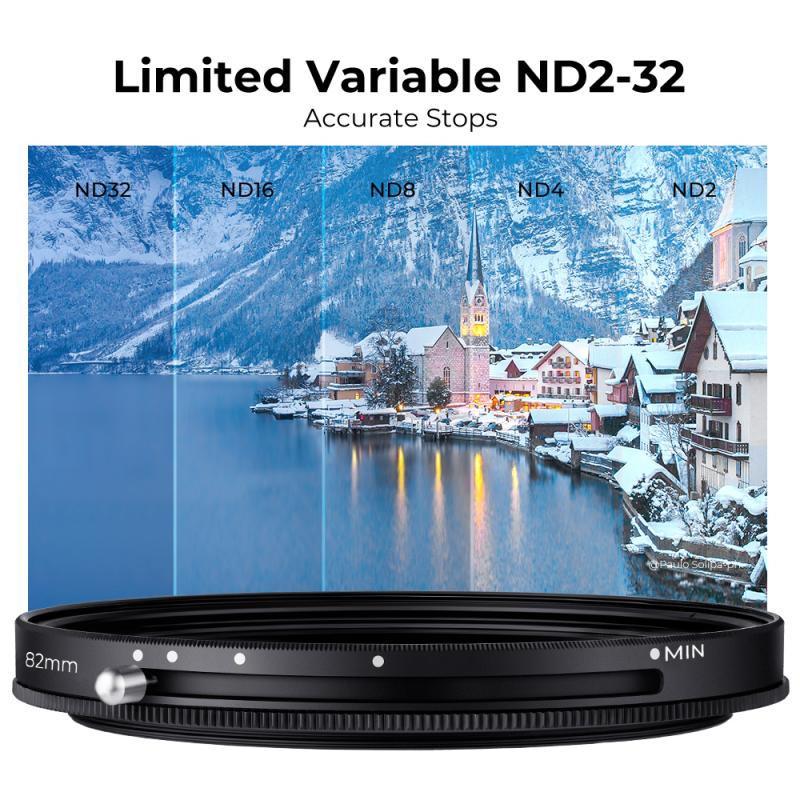
Before diving into when not to use a CPL filter, it's essential to understand what they do. CPL filters are designed to reduce glare and reflections from non-metallic surfaces, such as water and glass. They also help to enhance the saturation of colors, making skies appear bluer and foliage greener. While these effects can be highly desirable in many situations, there are times when a CPL filter can be counterproductive.
Low Light Conditions
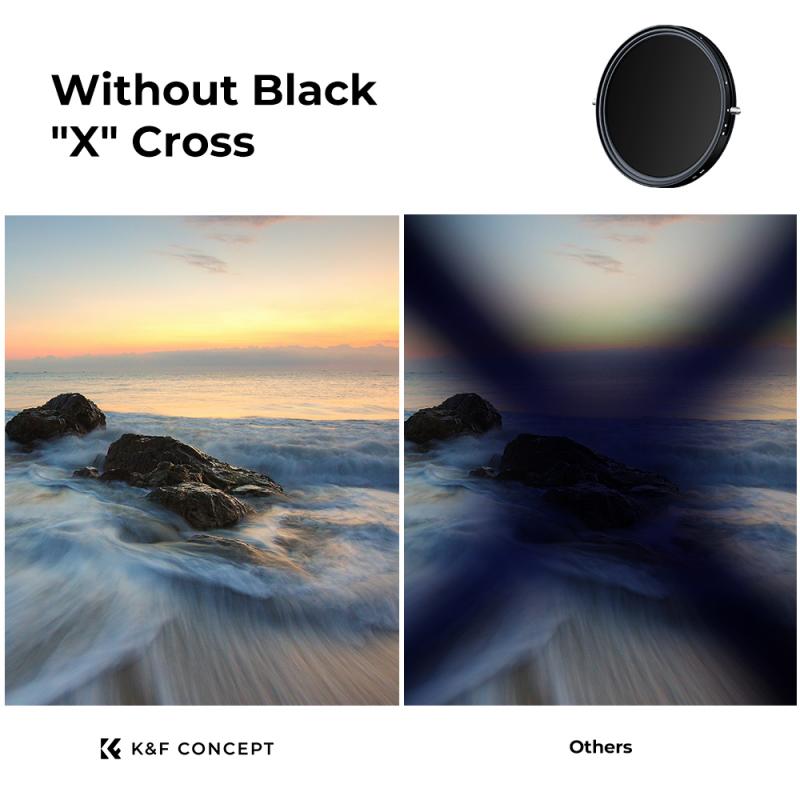
One of the primary situations where you should avoid using a CPL filter is in low light conditions. CPL filters inherently reduce the amount of light entering the lens by about 1.5 to 2 stops. This reduction can be detrimental when shooting in environments with limited light, such as during dawn, dusk, or indoors. The decreased light can lead to longer exposure times, which may result in motion blur or the need for higher ISO settings, potentially introducing noise into your images.
Practical Tip: In low light conditions, consider removing the CPL filter to maximize the available light. If reflections are an issue, try to adjust your shooting angle or use other techniques like a lens hood to minimize glare.
Night Photography
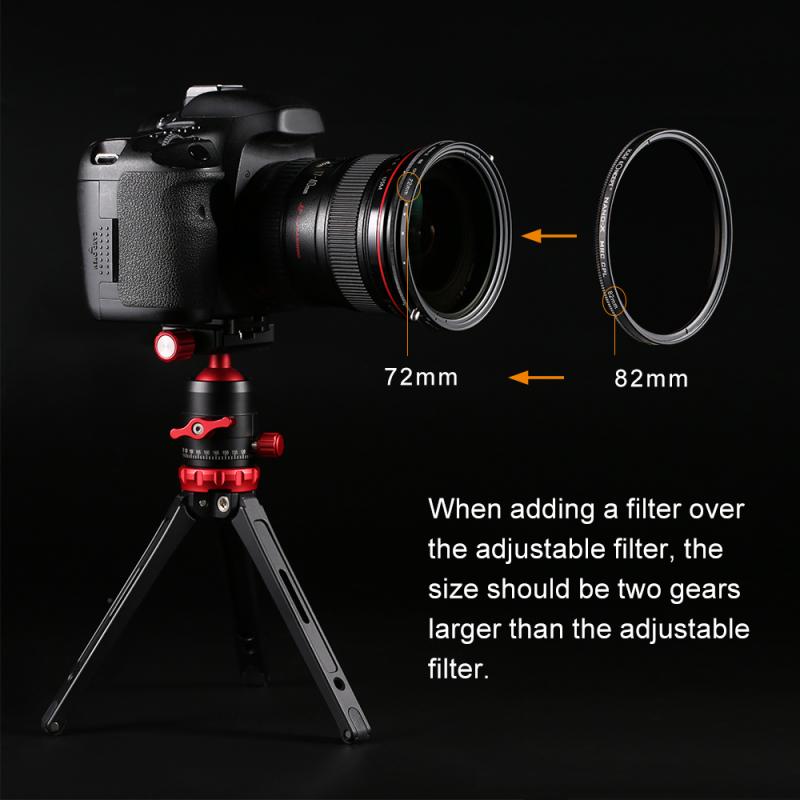
Night photography is another scenario where CPL filters are generally unnecessary and can even be harmful. Since CPL filters reduce light transmission, they can make it more challenging to capture well-exposed images in the already dim conditions of night photography. Additionally, the primary benefits of a CPL filter, such as reducing reflections and enhancing colors, are less relevant in nighttime scenes.
Practical Tip: For night photography, focus on using a tripod to stabilize your camera and experiment with longer exposure times to capture the ambient light without the need for a CPL filter.
Wide-Angle Lenses

When using wide-angle lenses, CPL filters can create uneven polarization across the image, leading to an unnatural gradient effect. This issue is particularly noticeable in skies, where one part of the sky may appear significantly darker than the rest. The wider the angle of view, the more pronounced this effect becomes, potentially ruining an otherwise well-composed shot.
Practical Tip: If you need to use a CPL filter with a wide-angle lens, be mindful of the potential for uneven polarization. Consider taking test shots and adjusting the filter's rotation to minimize the effect. Alternatively, use post-processing techniques to enhance the sky and colors without the risk of uneven polarization.
Panoramic Photography
Similar to wide-angle lenses, panoramic photography can suffer from uneven polarization when using a CPL filter. Since panoramic images are often stitched together from multiple shots, the varying degrees of polarization in each frame can result in visible seams and inconsistent skies.
Practical Tip: For panoramic shots, it's best to avoid using a CPL filter altogether. Instead, focus on capturing well-exposed images and use software to blend and enhance the final panorama seamlessly.
Metallic Surfaces
CPL filters are designed to reduce reflections from non-metallic surfaces, but they are ineffective on metallic surfaces. Using a CPL filter in scenes dominated by metal objects, such as cars, machinery, or urban environments with metal structures, will not yield the desired reduction in reflections. In fact, it may reduce the overall light entering the lens without providing any significant benefit.
Practical Tip: When photographing metallic surfaces, consider other techniques to manage reflections, such as changing your shooting angle or using diffused lighting to minimize harsh reflections.
Portrait Photography
While CPL filters can enhance landscape and nature photography, they are generally not recommended for portrait photography. The reduction in light can lead to slower shutter speeds, which may cause motion blur if your subject moves. Additionally, the enhanced contrast and saturation may not be flattering for skin tones, potentially resulting in unnatural-looking portraits.
Practical Tip: For portrait photography, focus on using natural light or controlled studio lighting to achieve the desired look. If reflections are an issue, such as with glasses or shiny accessories, consider using a lens hood or adjusting your shooting angle.
Fast-Moving Subjects
Photographing fast-moving subjects, such as sports, wildlife, or action scenes, requires quick shutter speeds to freeze motion. The light reduction caused by a CPL filter can make it challenging to achieve the necessary shutter speeds, leading to motion blur and missed shots.
Practical Tip: When capturing fast-moving subjects, prioritize a fast shutter speed and remove the CPL filter to ensure you can freeze the action effectively. Use other techniques, such as panning or burst mode, to increase your chances of capturing the perfect moment.
While CPL filters are invaluable tools for many photographic situations, knowing when not to use them is equally important. By understanding the limitations and potential drawbacks of CPL filters in low light conditions, night photography, wide-angle and panoramic shots, metallic surfaces, portrait photography, and fast-moving subjects, you can make more informed decisions and achieve better results in your photography.
Remember, the key to successful photography is not just about the tools you use but also about knowing when and how to use them effectively. By being mindful of the scenarios where a CPL filter may not be beneficial, you can enhance your skills and capture stunning images that truly reflect your creative vision.


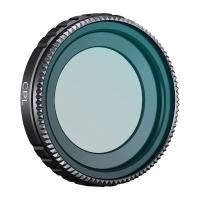
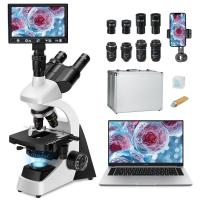
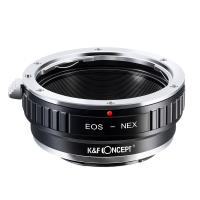
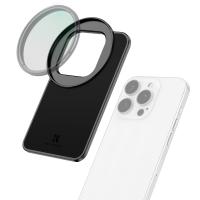
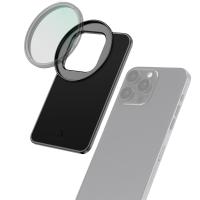
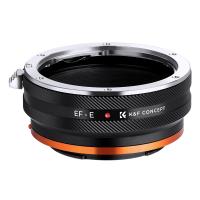

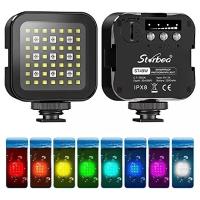

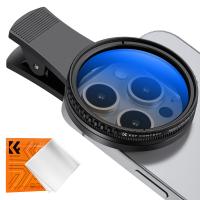
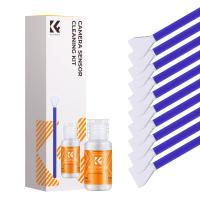




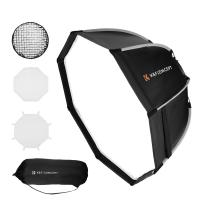

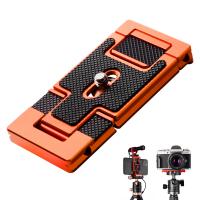
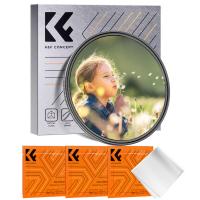


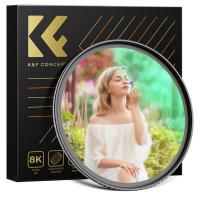
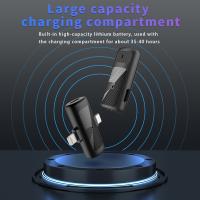
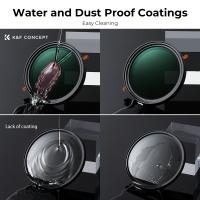


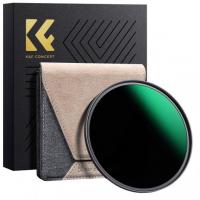
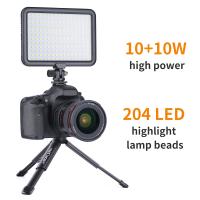






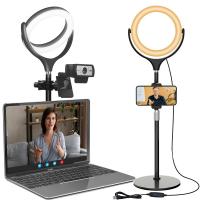



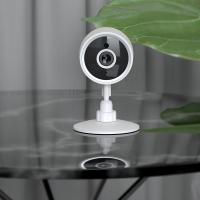
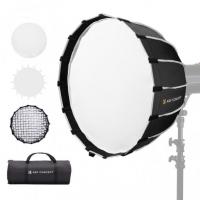
There are no comments for this blog.